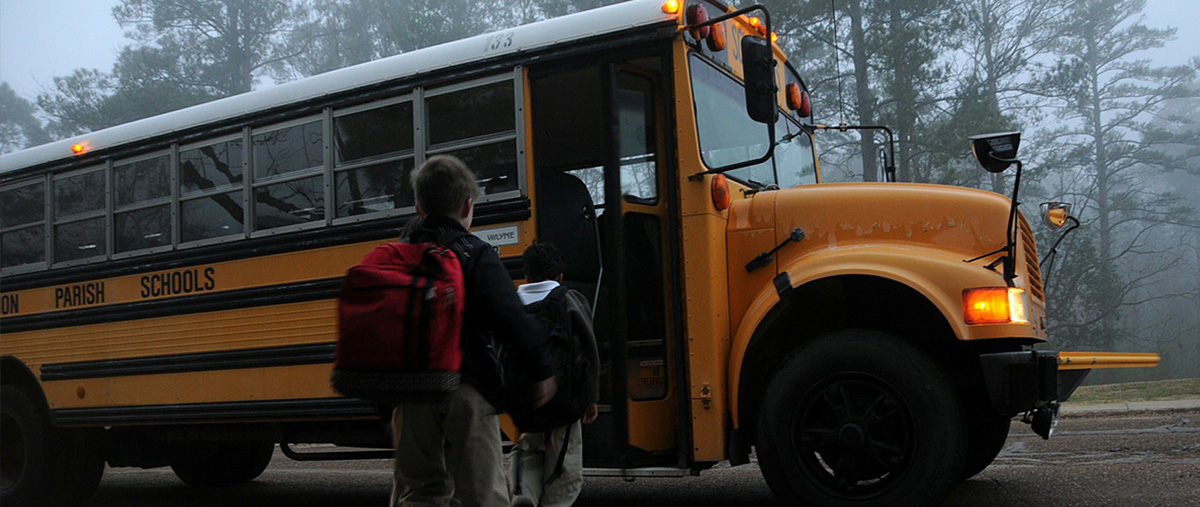Many of us can recall a time when our class spent the day at a museum to study art or artifacts first-hand; perhaps there was a journey to explore the wonders of the natural world; maybe we remember proudly representing our school for an exciting competition. Today, you probably think about field trips from a different perspective. Your top priority is to keep your students safe while they are traveling off campus.
The best way to protect students and your district is to exercise appropriate risk management. While California law waives all claims against a district, charter school, or the state from pupils and grown-ups participating in a field trip, you still have a mandatory duty to reasonably and diligently supervise students in protecting them from risk of injury. Districts can still be liable for field trip injuries caused by failing to properly supervise students.
Because field trips typically include volunteer chaperones, such volunteers must be trained and clearly understand their responsibilities for watching out for the kids. Here are some of the essential guidelines to make sure volunteer chaperones know how to supervise the students and work with the supervising teacher:
CALIFORNIA SCHOOLS
TRENDING TOPICS











